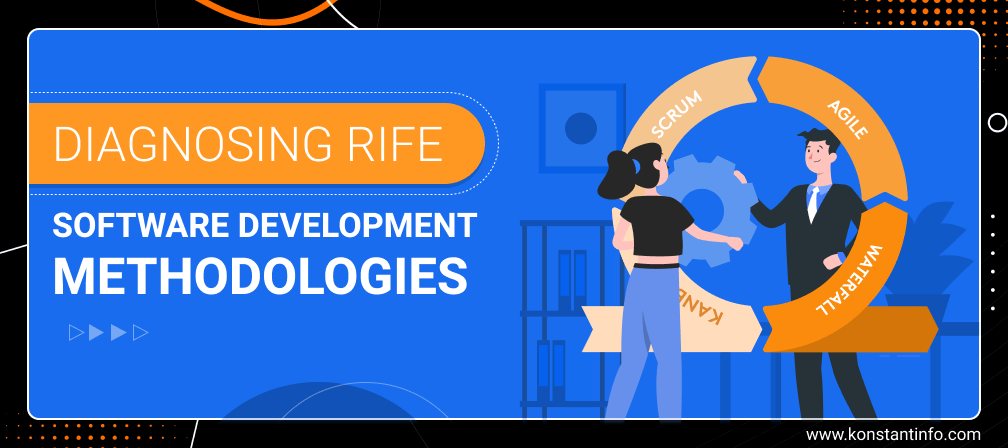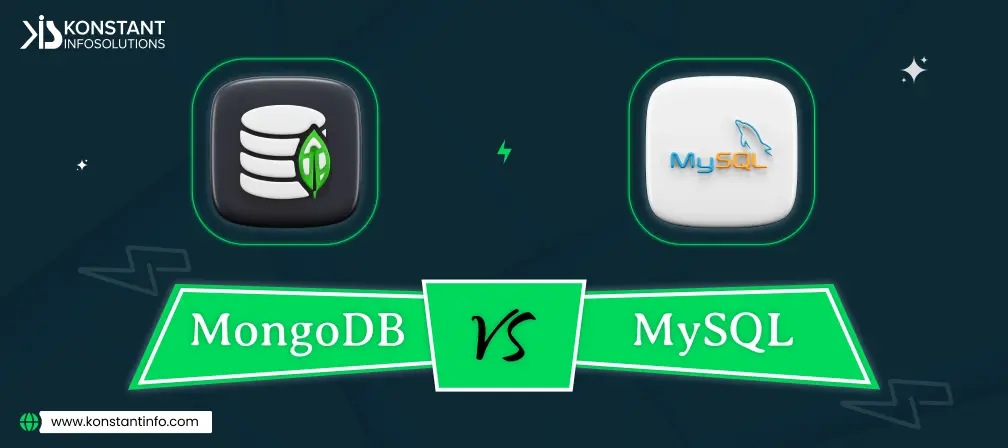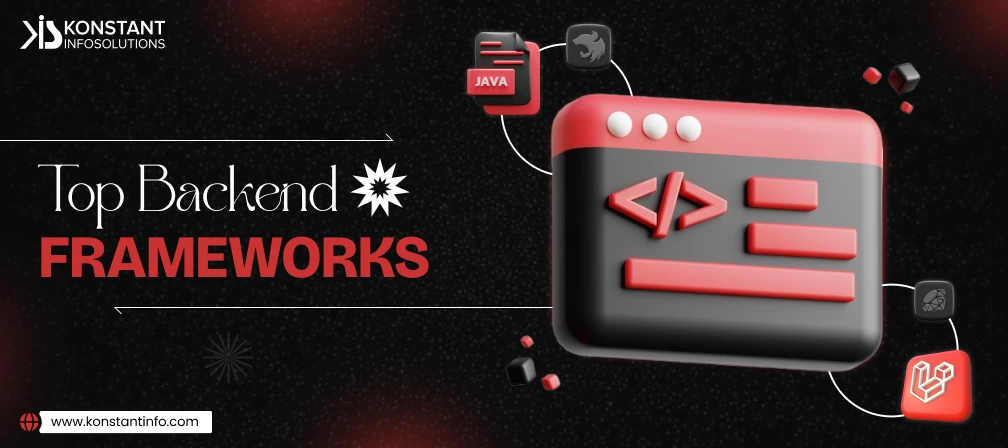With a gamut of complex development methodologies around, it hardly matters which one you choose for your software development process. But it is pertinent to figure the pros and cons to make it right. And if you’ve not already learned the depth of such software development approaches, it can become even harder to select anyone for your upcoming IT project. These conventions route the software development life cycle to fit with your business purpose. SDLC consists of six stages: Requirement Gathering and Planning, Design, Coding, Testing, Deployment, and Maintenance.
Software Development Methodologies or Software Development Life Cycle Models
Software development methodologies differ from strategies. Every organization has their way of designing and developing its applications. Such methodologies or ideas are also known as ‘Software Development Life Cycle Models’;
Examples include:
- Waterfall model,
- Incremental model,
- Rapid Application Development (RAD),
- Agile Software Development Methodology,
- Spiral model, Prototype model,
- V model, Iterative model,
- DevOps Methodology,
- Scrum Development Methodology,
- Prototype Methodology,
- Feature Driven Development,
- Spiral Model,
- Dynamic Systems Development Model Methodology,
- Extreme Programming Methodology,
- Joint Application Development Methodology, and
- Lean Development Methodology etc.
So, which model offers the best structure to guide your project team to complete high-grade products that will satisfy your clients?
1. Waterfall Methodology
- Meaning: Waterfall Model is the basic approach to Software Development Life Cycle (SDLC). But it is obsolete. It used to be reliable as it leads to efficient workflow and productivity among teams. But does it ensure the project’s overall quality? What if you catch a bug in the testing stage? The linear stream and project flow will not help complete the project on time.
- Benefits of This Development Model: Waterfall Model consists of six linear stages: Requirement Analysis, System Design, Implementation, Integration and Testing, Deployment, Maintenance. It bestows simple outlining, detailed planning, a clear outline of timing and phase requirements, tracking progress, and efficient design.
- What Makes Waterfall Unique: Waterfall model is not suitable if you need to manage a complex project with several task dependencies and simultaneous tasks.
Use it when: You know all the requirements, the project is short and simple, the development environment is stable, resources are adequately trained and available, all necessary tools and techniques are ‘stable’ and not dynamic.
In the waterfall model, the project fractions into linear and sequential stages, where every project relies on the completion of preceding deliverables. It has discreet and terminal phases and thorough documentation.
2. Agile Methodology
- Meaning: Waterfall model can be desultory; The Agile Model starts with a purpose and traverses along to the end, with an option to be sporadic. It minimizes risk, reduces the eventual cost of software development and develops software in short time boxes called iterations that generally last for one week to one month.
- Benefits of This Development Model: Agile methods work incrementally and flexibly. You can always skip backwards to re-do a step and catch up with subsequent stages. It encourages teams to improve and adjust workflow as needed. It gives in customer satisfaction by rapid, continuous delivery of software. It emphasizes people and interactions instead of the process and tools. The agile process constantly requires customers, software developers and testers to interact with each other. The agile approach enables people to respond to the changing requirements of the clients. It fosters direct communication and constant feedback from customer representatives, leaving no space for guesswork in the system.
- What Makes Agile Unique: It is suitable for projects where you expect the requirements or constraints to change. Also, it lets teams adapt their process to compensate for such changes.
The ‘Agile Technique’ of software development – is used with a collaborative, self-organizing, cross-functional approach to complete work and requirements. It is inclusive of Scrum and Kanban (yet we are discussing them separately). There are fundamental differences between Agile and Waterfall project management. Agile focuses on adaptive and parallel workflows. Agile breaks every task into small iterations to be completed, tested and integrated with the entire system.
3. Scrum Methodology
- Meaning: Scrum master and product owners work together during the development and testing phases to define and execute the requirements. The scrum process takes place in a sequence of sprints. Once a sprint begins, the Scrum master monitors the flow of the process. They facilitate the work and encourages teams to manage their productivity.
- Benefits of This Development Model: Scrum technique uses Burndown charts during sprints to analyze and track the progress. It visualizes what’s pending. It is continually updated to manage the workflow.
- What Makes Scrum Unique: Scrum processes are suitable for projects that require high control over what is in scope.
Scrum project management also makes use of an incremental approach to work to complete scheduled tasks on time. It typically tackles complex knowledge work and wraps them faster.
Scrum uses two-week sprints to get work done. These are generally planned, executed and reviewed at the end of the two weeks. The team creates a sprint backlog during the process. They complete the tasks listed in the backlog during the ‘Sprint’; The team members hold a 15-minute sprint meeting every day to discuss any potential roadblocks that interfere with the project’s success. They also review any work done on the previous days and plan for the upcoming day’s task. Such scrum meetings ensure that the team works collaboratively and stays in sync.
4. Kanban Methodology
- Meaning: Kanban is an Agile Approach that focuses on process improvements. Kanban does not prescribe time to deliver a task. It releases its updates whenever they are ready, without a regular schedule or predetermined due dates. If it gets completed earlier (or later), it can be released without worrying about the actual release date. Kanban limns a continuous workflow structure that keeps teams ready to adapt to changing priorities.
- Benefits of This Development Model: Kanban helps visualize the work, limits work-in-progress. Kanban is suitable for teams that have lots of incoming requests that vary in priority and size. It lets you go with the flow.
- What Makes Kanban Unique: While there is competition between Kanban vs. Agile, Kanban strives to better coordinate and balance work with the capacity and bandwidth among workers. It visualizes the team’s workflow and splits it into categories: work to be done, work in progress, and completed work. They can add more categories as necessary to better visualize their process. Kanban card records each task, which moves from column to column on the board as it moves through the team’s process. The Kanban technique keeps board members on the same page, but it also helps teams identify where processes need improvement. It makes problems visible, allowing for potential corrections.
Conclusive: Which Project Management Methodology Should You Use?
Project managers need to establish a project model that makes sense. To drive your project to success, you will want to outline your scheduling, factors, members – involved in one model that drives the outcome. One needs to follow the timeline and be productive. You’ll also want your team to be accountable so that they can equally and effectively contribute a fair, balanced amount of effort to your complete project. We imbibe some of the best app development approaches. Sneak in to know more!
About Author
Vipin Jain is the Co-Founder and CEO at Konstant Infosolutions and is in charge of marketing, project management, administration and R&D at the company. With his marketing background, Vipin Jain has developed and honed the company’s vision, corporate structure & initiatives and its goals, and brought the company into the current era of success.



